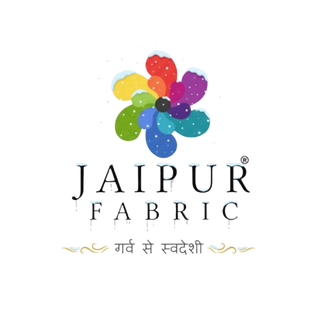Digging into the World of Kalamkari

Deriving its name from Pen called Kalam, it is a specialized work of that has managed to gain recognition. This art form is an ancient style of painting that is supposed to be originated almost 3000 years ago at the time of Indus Valley Civilization, Harappa and Mohenjo-Daro. This Indian art form is noted for its extraordinary beautiful hand paintings on fabrics depicting Hindu Mythological tales. Several figures, portraying a momentous episode or a whole series of either Mahabharata or Ramayana, Goddess Durga slaying devil Mahishasur are highlights in most kalamkari work.
In the ancient times, the displays of these masterpieces were much valued by Mughals and Golconda Nizams. The coromandel Mughals and Golconda province also cherished such an art works and titled the Craftsman, Qualamkars. Later on, this kalamkari art form was also adopted by Maratha kings. Chhattrapati Shivaji used to wear a different form of kalamkari art called Thanjavur. It has been a beautiful work of art also named as Karrupur style. In this art form gold brocade work is woven in the fabric which was used as sarees and dhotis by the royal families of Maratha province.
Kalamkari artists craft a bamboo or date palm stick sharpened at one end with wad of fine hair attached to the pointed end for making a brush. Earlier, these paintings were sketched on cotton fabrics but, now days, it has shifted on silk and other materials as well. The kalamkari art form is inclusive of both painting form and printed one. Use of organic and natural dyes has made this art form much popular. Most of the colors are made out of plant parts such as roots, leaves and flowers, along with mineral salts of iron, tin, copper and alum. This tradition of using natural and vegetable colors has prevailed from ancient period making India popular for this style of painting.
Machilipatnam arts have its roots from Muslim rule of Golconda. This style of art is influenced from Persian themes and designs. The outlines and the main designs are printed with the help of hand carved blocks. The finer parts are filled by pen. Sri Kalahasti traditional art form follows patterns of temple regions depicted tales from Hindu mythological epics such as Mahabharata, Ramayana, images of gods and many other tales.
The two major centers for kalamkari art in Andhra Pradesh were Sri Kalahasti and Machilipatnam.The artisans who worked on Kalmkari painting patchment were known as jadupatuas or duari patuas or also named as magical printers. Kalamkari being done with pen and hand carved blocks is a very time-consuming process and includes seventeen stages.
Kalamkari art work products include prayer rugs, canopies, door covers, wall painting of tree of life and many more. This traditional Kalamkari textile has transformed itself into modern patterns also to promote the art work in International market also.
On experiencing the beauty of Kalamkari, Indian culture has the finest example in it. Due to the versatility of this art, kalamkari paintings have flourished in Indian and outside market. These paintings are available in prominent exhibitions to promote Indian art work.



















